Table of Contents
Why Spices Are the Foundation of Great Chili Beans
When cooking chili beans, the right spices transform simple ingredients into a complex, flavorful dish. This guide provides science-backed spice knowledge—not just a list of ingredients—so you can understand why each spice works and how to use it effectively. Based on culinary research and chef techniques, here’s exactly what you need to know.
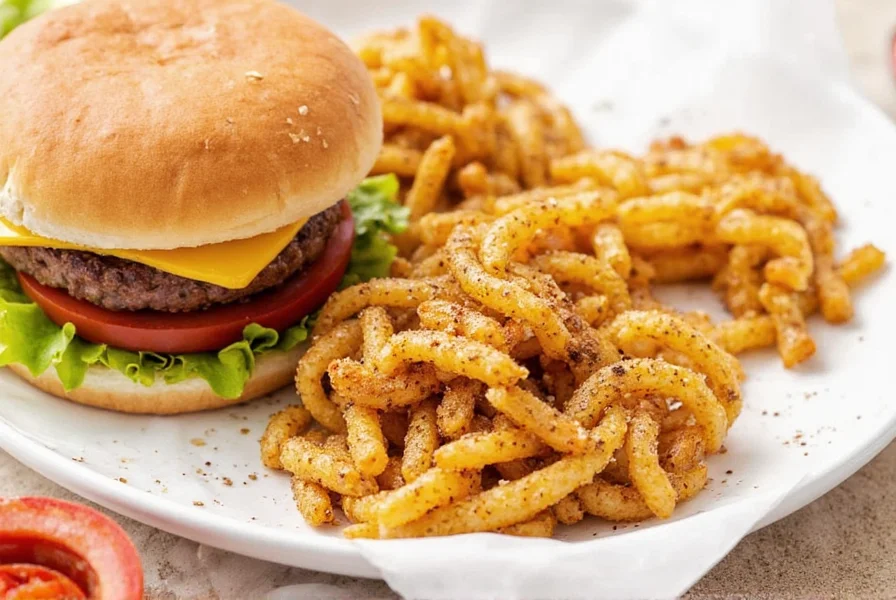
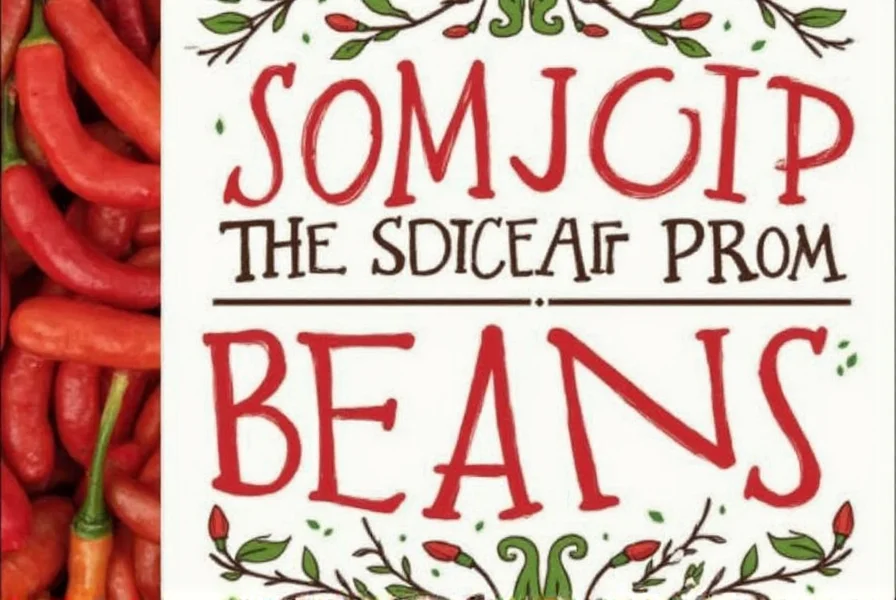
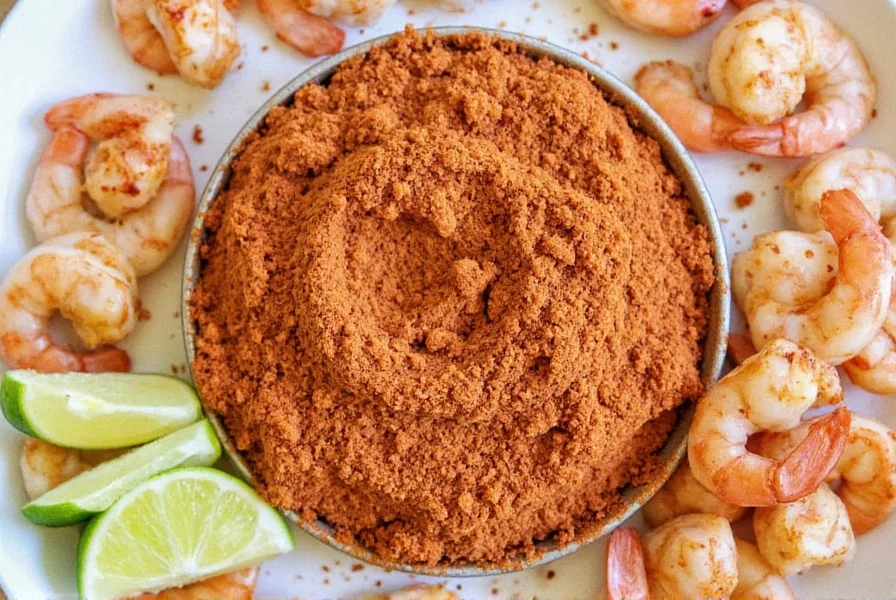
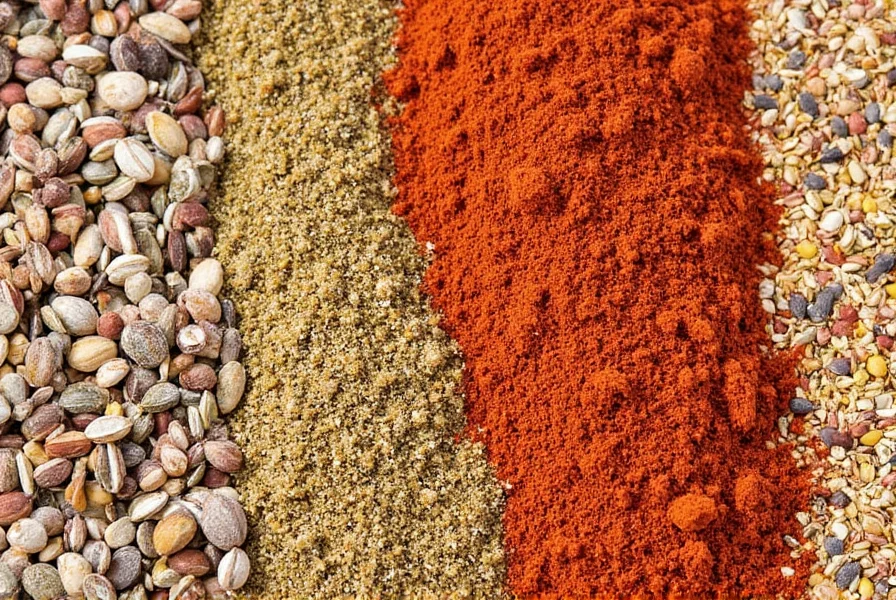
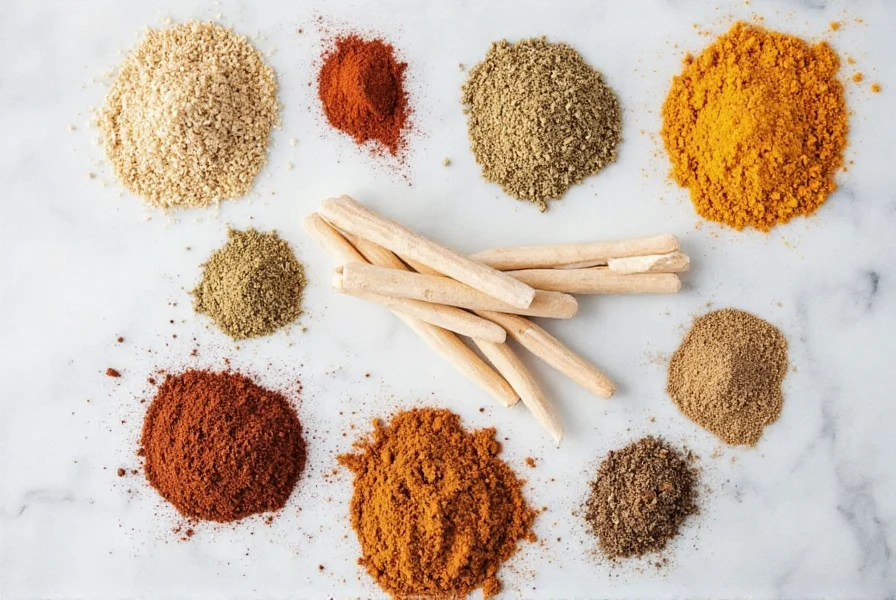
Top 6 Essential Spices for Chili Beans
These six spices form the core flavor profile of authentic chili beans. Each serves a specific purpose beyond just adding heat:
- Cumin: The backbone spice. Provides earthy warmth and depth. Use whole seeds toasted and ground for maximum flavor (ground cumin loses potency quickly).
- Chili Powder: A blend of dried chilies, cumin, and garlic. Not the same as cayenne. Look for brands using 5-7 chilies (e.g., ancho, guajillo) for complex heat.
- Smoked Paprika: Adds rich, woodsy notes without extra heat. Critical for "smoky" chili flavor. Always choose "smoked" variety—regular paprika won’t deliver this.
- Garlic Powder: More stable than fresh garlic in long-cooking dishes. Use dehydrated granules (not flakes) for even distribution.
- Oregano: Mexican oregano (not Mediterranean) has citrusy notes that cut through richness. Use dried—fresh oregano turns bitter when cooked.
- Cayenne: Pure heat source. Add last to control spice level. Start with 1/8 tsp per pound of beans.
Science-Backed Spice Pairings for Perfect Chili
Spices interact chemically to create new flavors. Here’s how to combine them based on food science:
| Spice Combination | Chemical Interaction | Best Use Case |
|---|---|---|
| Cumin + Smoked Paprika | Caraway compounds in cumin bind with paprika’s capsaicin, enhancing smokiness | Traditional Texas-style chili |
| Chili Powder + Oregano | Oregano’s terpenes amplify chili powder’s fruitiness | Southwestern bean chili |
| Garlic Powder + Cayenne | Allicin in garlic intensifies capsaicin perception | Spicy vegetarian chili |
| Smoked Paprika + Cumin | Shared terpenes create layered depth without overpowering | Bean-only chili (no meat) |
Pro Techniques for Maximizing Spice Flavor
These methods are used by professional chefs to extract maximum flavor from spices:
- Toast whole spices first: Heat cumin seeds in a dry pan for 90 seconds until fragrant before grinding. This releases essential oils.
- Bloom spices in oil: Add spices to hot oil for 30 seconds before adding liquids. This activates flavor compounds.
- Add cayenne at the end: Heat destroys cayenne’s volatile compounds. Add it in the last 10 minutes of cooking.
- Use acid to balance: A splash of lime juice or vinegar at the end brightens spice flavors without reducing heat.
- Simmer for 90+ minutes: Flavor compounds need time to fully integrate. Shorter cooking times result in flat, one-dimensional taste.
How to Choose Quality Spices (Brand-Free Guide)
Forget brand comparisons. These objective criteria ensure you get the best spices:
- Color test: Fresh chili powder should be vibrant red (not brownish). Smoked paprika should be deep orange-red.
- Smell test: Rub a pinch between fingers. It should smell strong and aromatic. Weak smell = old spices.
- Check harvest dates: Look for "harvested [month/year]" on packaging. Ground spices expire 6-12 months after harvest.
- Whole vs. ground: For cumin and coriander, buy whole seeds and grind yourself. They stay fresh 2x longer.
- Storage: Keep in dark glass jars away from heat. Never store near stovetops or windows.
Frequently Asked Questions
What’s the #1 mistake people make with chili bean spices?
Adding all spices at once. Spices have different activation points: cumin and paprika need heat to bloom, while cayenne loses potency if added too early. Always bloom base spices in oil first, then add cayenne near the end.
Can I substitute chili powder if I don’t have it?
Yes. For 1 tbsp chili powder, use: 1 tsp paprika + 1/2 tsp cumin + 1/4 tsp garlic powder + 1/8 tsp oregano. Adjust cayenne to taste. This mimics the flavor profile of commercial chili powder blends.
Why does my chili taste flat even with spices?
Most likely missing acidity. Add 1 tsp apple cider vinegar or lime juice at the end of cooking. Acid balances richness and makes spice flavors "pop". Also check if your spices are fresh—stale spices lose their volatile compounds.
Should I use fresh or dried spices for chili beans?
For chili beans, dried spices are superior. Fresh herbs like cilantro or oregano lose flavor during long cooking. Dried spices have concentrated flavor compounds that withstand heat. Only use fresh garlic (minced) if you add it in the last 15 minutes of cooking.
Mastering Spice Science for Perfect Chili Beans
Great chili beans aren’t about random spice combinations—they’re about understanding how flavors interact. By focusing on why spices work together (not just what to use), you’ll consistently create complex, balanced dishes. Remember: freshness matters more than brand, proper technique unlocks flavor, and science-based pairing beats guesswork.
Start with the core six spices, bloom them in oil, add cayenne last, and finish with a splash of acid. This method works for meat-based or vegetarian chili beans and will transform your cooking from average to exceptional.

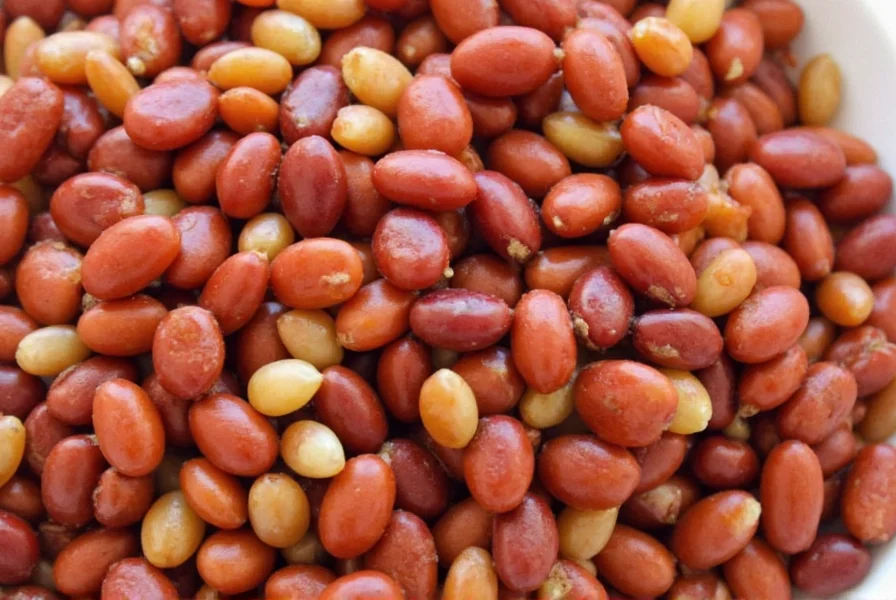









 浙公网安备
33010002000092号
浙公网安备
33010002000092号 浙B2-20120091-4
浙B2-20120091-4